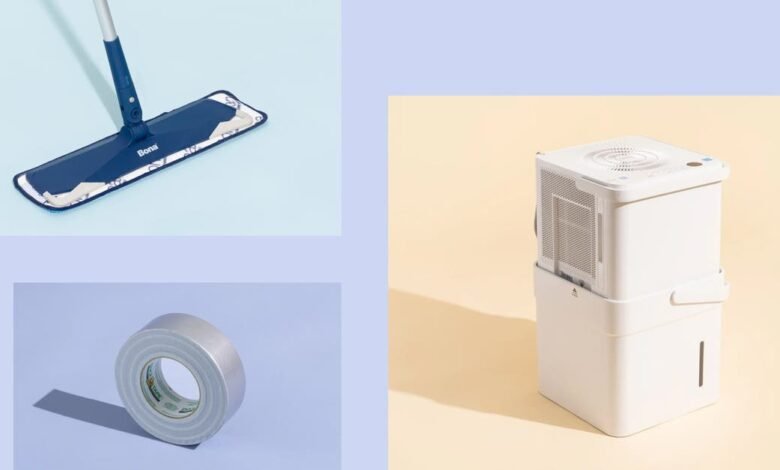Survive Anything: 4 Unbeatable Tips for Post-Disaster Cleanup!

Ultimate Guide to Emergency Preparedness with Clean Everything
In an unpredictable world, being prepared for emergencies is essential. Whether you are facing natural disasters, pandemics, or other unexpected events, a robust emergency kit can significantly impact your ability to respond effectively. ‘Clean Everything’ is a comprehensive approach to emergency preparedness, equipping you with both the tools and knowledge needed to handle various situations. This blog will provide an in-depth review of essential items for your emergency kit, along with their specifications, pros and cons, and tips on how to best utilize them.
Key Components of an Emergency Preparedness Kit
At the heart of any emergency preparedness strategy is a well-thought-out kit. Important items typically include first aid supplies, food and water rations, tools for shelter, and sanitation products. Below, we discuss these categories in greater detail.
First Aid Supplies
Your kit should contain an adequately stocked first aid kit. This is crucial for addressing injuries or illnesses that may arise during a crisis.
| Specification | Description |
|---|---|
| Adhesive Bandages | Various sizes to treat cuts and abrasions. |
| Antiseptic Wipes | For disinfecting wounds and preventing infection. |
| Gauze Pads | For larger wounds requiring more extensive coverage. |
| Medical Tape | To secure gauze or bandages in place. |
| Scissors and Tweezers | Useful for cutting tape or bandages, and removing splinters. |
Food and Water
In emergencies, access to food and clean drinking water can be severely restricted. Ensuring you have adequate supplies can keep you and your family safe.
| Specification | Description |
|---|---|
| Non-Perishable Food Items | Canned goods, energy bars, and dehydrated meals. |
| Water Purification Tablets | To make contaminated water safe for drinking. |
| Portable Water Container | For storing and transporting water. |
Tools for Shelter
Staying safe during severe weather conditions or when evacuating to an alternative location is critical. Having the right tools can make a significant difference.
| Specification | Description |
|---|---|
| Emergency Blanket | Lightweight and space-saving, keeps you warm. |
| Tarp or Tent | Provides shelter from the elements. |
| Multi-tool | Various functions for building or repairing. |
Sanitation Products
Maintaining hygiene is vital during emergencies to prevent illness. Stocking sanitation products can help you stay clean and safe.
| Specification | Description |
|---|---|
| Hand Sanitizer | Keeps your hands clean when water isn’t available. |
| Moist Towelettes | For cleaning oneself when hygiene facilities are unavailable. |
| Disposable Gloves | Protects you during clean-up efforts. |
| Plastic Bags | For waste disposal. |
Pros and Cons of Emergency Preparedness Kits
| Pros | Cons |
|---|---|
| Provides peace of mind during disasters. | Can be costly to assemble completely. |
| Includes essential items for various emergencies. | Requires regular maintenance and updates of supplies. |
| Increases chances of staying safe and effective. | Can be bulky and difficult to transport. |
Best Practices for Using Your Emergency Kit
Having an emergency kit is just the start; knowing how to effectively utilize its contents is equally crucial. Here are some best practices:
- Regularly check your kit: Inspect your supplies every six months to ensure they are in good condition and have not expired.
- Label supplies: Clearly mark each item to quickly identify contents during a crisis.
- Practice drills: Familiarize your family with the kit and conduct emergency drills to enhance preparedness.
- Stay informed: Keep up to date with local emergencies or natural disaster warnings.
Conclusion
Building a comprehensive emergency preparedness kit, like ‘Clean Everything,’ is vital for ensuring personal and family safety during crises. The kit should include first aid supplies, food, water, shelter tools, and sanitation products. While it requires time and investment, the peace of mind provided by being prepared is invaluable. Regular maintenance and familiarity with your kit will significantly enhance your response in an emergency. Remember, preparation is key!





